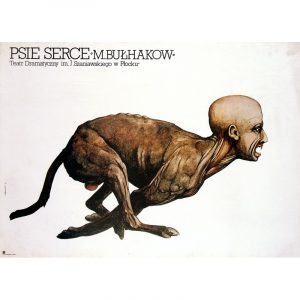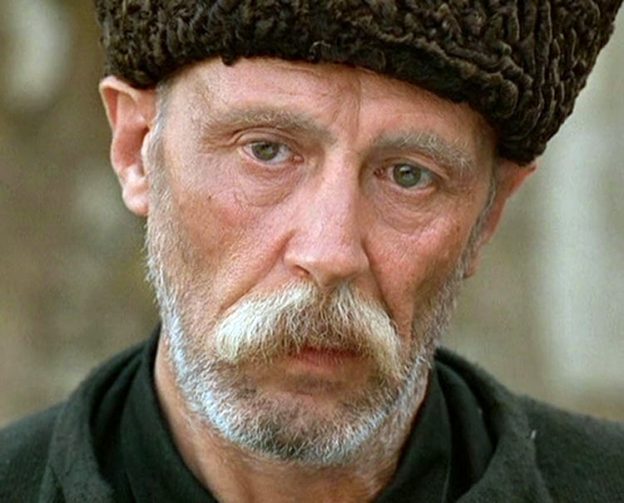Window to Paris is the perfect film to finish our class with. While it most definitely is a Russian film (the name Nikolai Nikolayevich stood out to me), one does not need to know much about Russian history or culture to enjoy it. My family actually watched the whole thing with me, and they were laughing throughout. This movie might have been full of laughs, but it effectively depicted changes in post-soviet society.
The schoolchildren in this film were used to demonstrate the shift in economic strategies and the impressionable nature of children. Youth were very important subjects of soviet indoctrination. Instead of being spoon fed the ideals of the proletariat, the children in this film are being molded into young capitalists. One child even wears a suit and carries a briefcase. Speeches giving praise to Lenin are replaced by passionate strike speeches calling for self-determination and popular sovereignty, ideals of the perfect democracy. The teacher that is spearheading the business agenda wears a sparkly gold suit reminiscent of an American pop star. Nikolai plays his flute and the children follow. This speaks to the pliable nature of children. Whether it be in the soviet union or the united states, children can easily be swayed by propaganda.
My favorite bit was the montage of the children, Nikolai, and Nicole enjoying all that Paris has to offer. In typical fashion, the movie did not end on this happy note and, instead finishes with the two lovers being split searching for each other.





